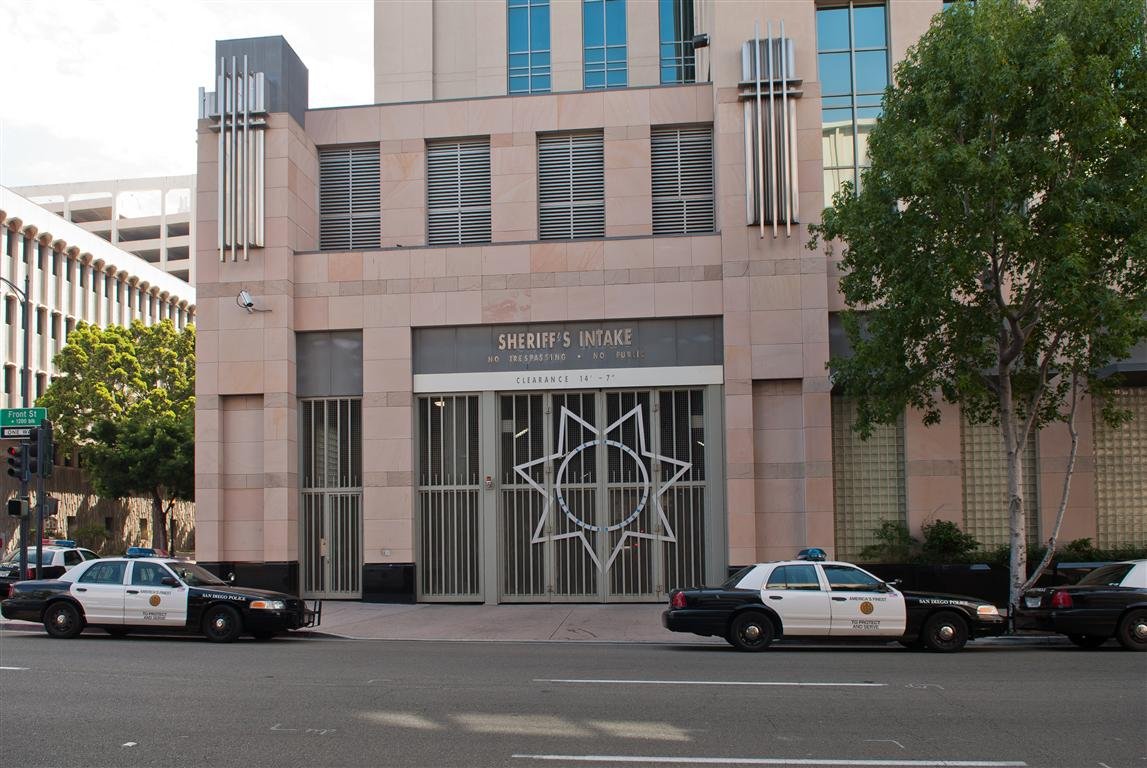
When sources aren’t allowed to talk, journalists turn to public records. And when journalists can’t obtain public records, they look for insiders. But when all are unavailable, it becomes exceedingly difficult for journalists to report the news.
That’s the situation often encountered by journalists looking to investigate U.S. jails and prisons and the challenges facing America’s over 2 million incarcerated people.
If journalists try to talk to prison officials, they’re routed to public information officers, who give them little besides official PR. If they try to request public documents, the government stalls indefinitely with bogus claims that the documents are exempted from open records laws. And good luck talking to incarcerated people themselves. In some states, it’s outright illegal for them to speak to the press. In others, they face “relentless retaliation” for attempting to bring publicity to prison conditions.
Freedom of the Press Foundation (FPF) recently joined a legal brief that seeks to address the records problem. A group of news outlets successfully sought access to sealed records about deaths and serious injuries at jails in San Diego County, California, from the Sheriff’s Department Critical Incident Review Board, or CIRB.
The county appealed in hopes of maintaining secrecy, claiming that transparency would undermine the ability of officials to communicate candidly.
But the brief responded that “CIRB investigations and related documents have been shielded from the public for over twenty years. … Given the increasing number of deaths, that secrecy hardly seems to be facilitating any meaningful change.”
That’s exactly right. Whenever the government claims that a lack of transparency somehow benefits the public, courts should be extremely skeptical and demand proof, not speculation. Virtually every time — whether in cases involving jails and prisons or national defense — the real reason for secrecy is that officials don’t want to be embarrassed.
The same applies to restrictions on officials’ or incarcerated people’s communications with the press. The former restriction violates the First Amendment rights of government employees, in addition to depriving the public of important information. To justify the latter restriction, officials often say that violent crime victims shouldn’t have to hear from their assailants in the media — a constitutionally inadequate excuse even putting aside that, for some reason, those policies are rarely limited to violent criminals.
Recent lawsuits in Pennsylvania and South Carolina challenge restrictions on media access to prison employees and incarcerated people, respectively. It’ll likely take many more lawsuits and much more advocacy, but hopefully, sometime soon, Americans will be able to see for themselves the inner workings of the world’s largest system of mass incarceration.
You can read the brief in the San Diego case here or below.
This post was originally published on this site be sure to check out more of their content.








